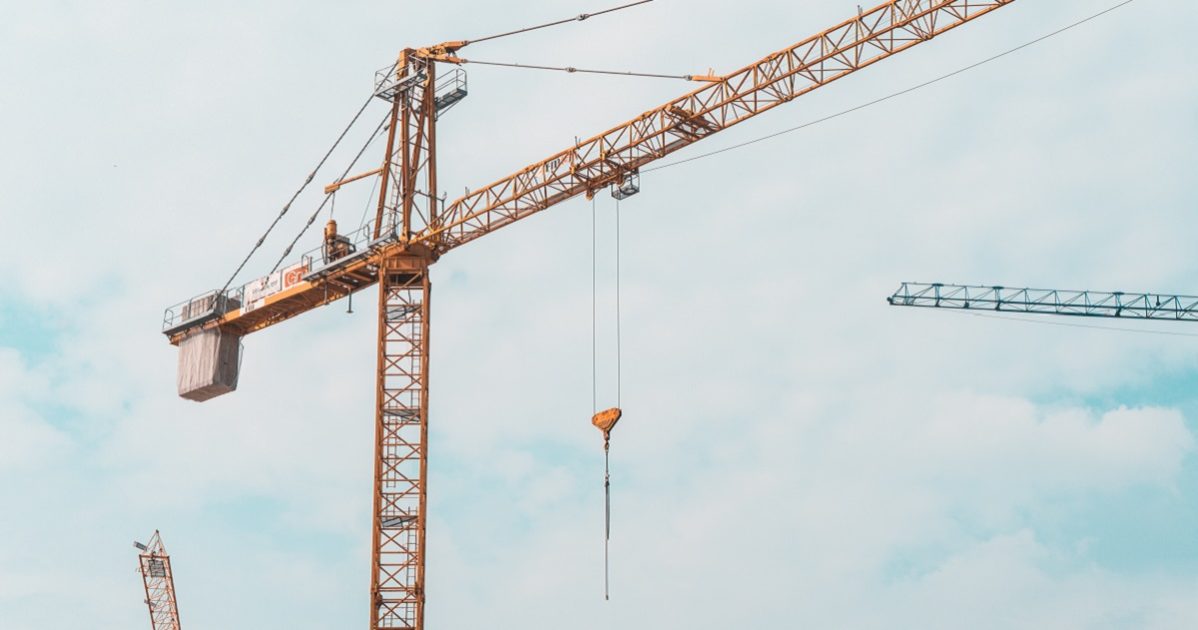Making predictions that hold water even a year or two out is always difficult. So I fully expected that predictions I had made for the industry just a few months ago would have to go completely out the window given the global pandemic.
There certainly are substantive changes in the economic picture contractors face. GlobalData had predicted an uptick in growth in the sector, but has revised those projections down to .5 percent growth from 3.1 percent. What this means is that engineering and construction firms will be under tremendous pressure to increase productivity and figure out more efficient ways to build, and higher-margin ways to deliver value, to project owners and stakeholders.
And construction is an interesting industry right now because productivity growth among engineers and contractors has been stagnant. In another recent blog post we cite McKinsey figures claiming the United States construction industry could add about 2 percent to the nation’s GDP—about $1.6 trillion—if it was as productive as its peers in other American industries.
The added pressure of stagnant growth in the construction sector will, if anything, accelerate our progress in the directions identified in our pre-pandemic predictions. Only one of them is a wildcard, but that is only in the immediate term. Let’s take a look at each.

1. Non-traditional challengers try to take a bigger slice of the construction cake
One interesting thing about the construction industry is that it is extremely anecdotal. While smart contractors are seeking to move more of their revenue from the initial project to long-tail opportunities like maintenance and facilities management agreements, most contractors still rise and fall on their book of business. There is little durable intellectual property or overarching advantage the largest firms have to give them staying power in the market.
And that means the giants of the industry, like the ENR Top 250 Global Contractors, are vulnerable now to hungry, aggressive and proactive challengers. These challengers can be small, midmarket or large, but are making the necessary investments in technology and processes. IFS conducted a study of 600 business decisionmakers globally and found that the construction industry—and field service, a lucrative expansion sector for many contractors—are the most attractive industries for these challengers. These challengers can be small companies today, new entrants backed by aligned industries or existing major construction giants who are focusing on disrupting their own operations to drastically increase productivity. One example of a challenger is BoKlok, a joint venture between IKEA and Skanska have joined forces to build modular homes.
“Challenger status is really more about a mindset—of wanting to either gain market share or protect territory through proactive, business process and product innovation—than it is about revenue,” IFS Chief Marketing Officer Oliver Pilgerstorfer told journalist Adrian Bridgwater. “For smaller and middle market companies, it is about the size of your ambition rather than the size of your annual turnover. For larger businesses, it is about the realization that it is very easy to inadvertently become a smaller company if you do not regularly reinvent yourself on a fundamental level in response to changes in the world outside your four walls.”

2. The digitally bold will future-proof their productivity over the next five years
While these challengers view themselves as capable competitors to the market leaders in their space, they may not be as proactive when it comes to planning to use technology to truly disrupt the industry.
According to IFS’s study data, market leaders are more likely to plan to use artificial intelligence to add value to their market offering rather than just make workers more productive or replace existing workers. What this means is that challengers may make investments focused only on productivity, and find they are leapfrogged by market leaders who offer new information-based services that give them an almost insurmountable advantage. The need to exploit BIM and other digital technologies is going to accelerate. Imagine a design and building team helping a project owner predict and model risk over the life of the built asset or forecast asset lifecycle cost as the projected cost of various inputs change. Imagine a contractor who can use an optimized project scheduling engine collaboratively with their subcontractors to radically collapse the construction timeline to mere days.
A shrinking construction sector means that engineers and contractors will need to double down on their investments in transformational technology and processes. Then, they can out-compete other contractors because they can profitably offer project owners a lower total cost, faster project delivery and higher quality.

3. Modular and Offsite construction will grow by 50 percent by 2023
One of the most significant ways for the construction sector to achieve productivity increases necessary for survival is to adopt off-site or modular construction practices. A modular approach presents a contractor with a number of opportunities. They can make much better use of their labor and can harness the lean methods their counterparts in manufacturing have used for years. They can also drive towards standard, proprietary design content that can cut timelines, increase margin and create opportunities for differentiation. McKinsey predicted offsite construction can increase the speed of construction by as much as 50 percent and reduce costs—if done in the right environment—by 20 percent.
This is the wildcard of the three predictions, only because working in an enclosed shop environment may present different risks for contagion than working on a construction site. I am still bullish on this trend and stand by the prediction of 50 percent growth in the next three years. Progress here may come in fits and starts though and will be dependent on establishment of safe-working best practices for shop-based environments.

A reliable view of the future
The coronavirus pandemic will have effects on the construction industry we have yet to fully understand. But in order to adjust to the change the pandemic will bring, engineers and contractors will move more rapidly in the directions we anticipated at the start of 2020. The more things change, the harder contractors and engineers will work to evolve their business for greater productivity and profitability.
Learn current solutions for the construction industry during COVID and beyond at ifs.com.
Do you have questions or comments?
We’d love to hear them so please leave us a message below.